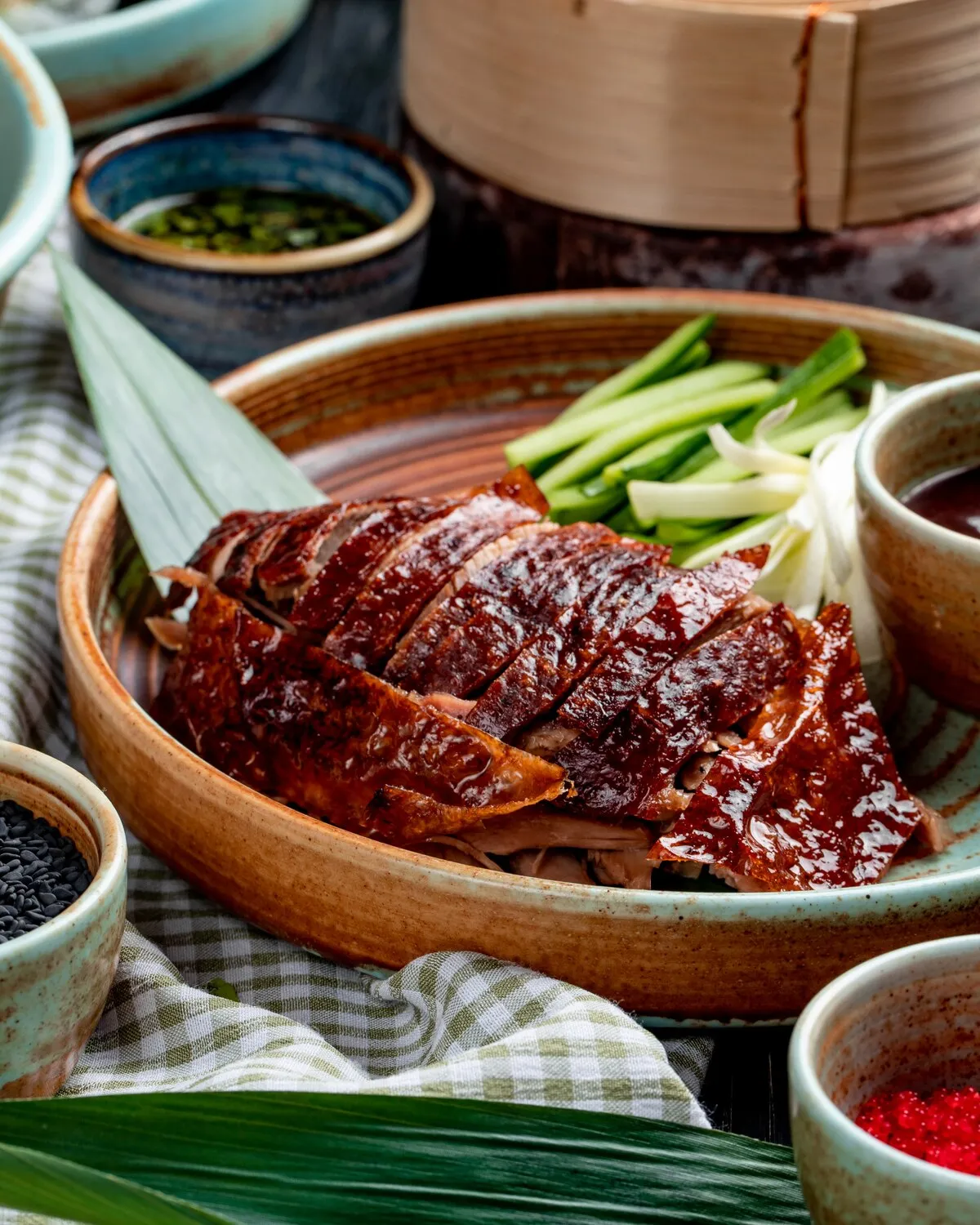
Prime Rib
A generous cut of prime rib, slow-roasted for tenderness and flavor. A popular choice for special occasions.
Nutrition Facts
* The % Daily Value (DV) tells you how much a nutrient in a serving of food contributes to a daily diet. 2,000 calories a day is used for general nutrition advice.
Prime rib has roots in the grand banquets and feasts of medieval Europe, particularly England, where large cuts of beef were roasted whole for special occasions. The cut itself, taken from the rib section, was prized for its tenderness and rich flavor. Its evolution reflects both culinary advancements in roasting techniques and changing social customs around dining.
Prime rib is often associated with celebratory meals and special occasions, signifying abundance, indulgence, and shared enjoyment.
Special Occasions
Prime rib is a centerpiece dish typically reserved for holidays such as Christmas, Thanksgiving, or Easter, and other milestone events like anniversaries and birthdays. It reflects a desire to celebrate with a significant and impressive meal.
Restaurant Staple
Prime rib is a classic offering in steakhouses and fine dining establishments, often carved tableside, adding a touch of theatricality and personalized service to the dining experience.
Family Traditions
In many families, preparing and serving prime rib has become a cherished tradition, with specific recipes and techniques passed down through generations, connecting families through food and memories.
Prime rib offers a rich, savory, and deeply beefy flavor profile, enhanced by the slow roasting process and seasonings.
The primary flavor is undeniably beef, robust and concentrated thanks to the cut and the retained fat marbling. The slow roasting renders the fat, basting the meat from the inside and out, creating a juicy and flavorful interior. Common seasonings like salt, pepper, garlic, and herbs (rosemary, thyme) add aromatic complexity. The exterior develops a flavorful crust through the Maillard reaction, offering a textural and flavor contrast to the tender interior. Au jus, derived from the roasting drippings, intensifies the beefy essence.
Temperature Control
Use a reliable meat thermometer to monitor the internal temperature. Aim for 120-130°F for rare, 130-140°F for medium-rare, and 140-150°F for medium. Remember that the temperature will continue to rise after removing it from the oven (carry-over cooking).
Resting Period
Allow the prime rib to rest for at least 20-30 minutes after roasting, loosely tented with foil. This allows the juices to redistribute, resulting in a more tender and flavorful roast.
Searing the Exterior
Consider searing the prime rib before or after roasting to develop a rich, flavorful crust. Pre-searing can add depth of flavor, while post-searing provides a crispier texture without overcooking the interior.
Dry Brining
Dry brining the prime rib a day or two in advance with kosher salt can significantly improve its flavor and moisture retention. The salt penetrates the meat, drawing out moisture which then reabsorbs, resulting in a more tender and seasoned roast.
Explore additional Roast dishes and restaurants
Explore RoastDiscover top dining spots and culinary experiences in Knoxville.
Explore KnoxvilleLearn more about the food culture, restaurant scene, and culinary heritage of United States.
Explore United States